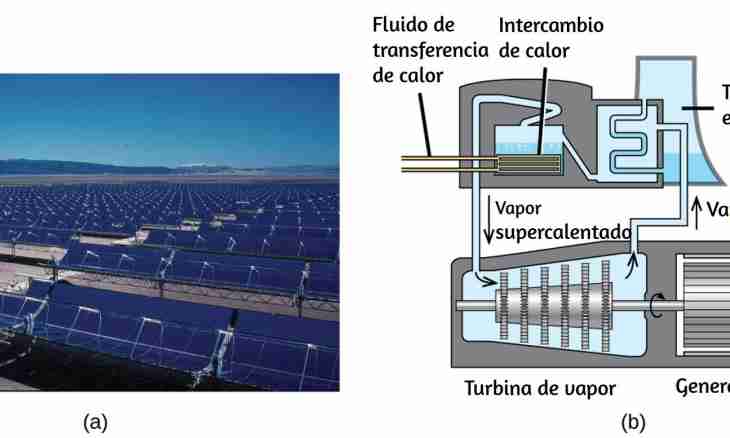One of important tasks at a design stage of ventilation, conditioning and heating of the building – calculation of thermal load. The design capacity is amount of energy which it is necessary to bring to the room (or to remove from it), for maintenance of the required temperature and humidity of air.
It is required to you
- - calculator;
- - thermometers;
- - basic data.
Instruction
1. When calculating power it is necessary to consider that there are two types of thermal load: sensible cooling load (dry or obvious heat) and latent cooling load (hidden or damp heat). The size of obvious heat is found on indicators of the "dry" thermometer, and hidden – on the "damp" thermometer. These two sizes are considered when calculating thermal load.
2. The size of dry heat is influenced by the following factors: existence of windows and doors indoors, heating, the nature of lighting, thickness of walls, presence of people in the building, air exchange through cracks and cracks, etc. Sources of damp heat: people, the equipment installed indoors and the air flow arriving from the outside through cracks in a wall.
3. Knowing the factors influencing temperature and humidity of air indoors analyze them. So, receipt of solar energy through a window depends on time of day and year, the external shading devices and also on where there is a window. In addition, inflow of solar energy arrives through a roof and walls of the building therefore constructional features of the building and the material used for its construction significantly influence the rate of transfer of thermal energy.
4. It is possible to calculate hourly receipt of heat due to heat conductivity on a formula: qi=U*A * (te-trc) where qi is receipt of energy due to heat conductivity of a surface, U – total coefficient of heat conductivity of a surface, A – the size of surface area, trc – design air temperature indoors, and te – temperature of an outer surface in a certain hour.
5. For calculation of the heat flux arriving through walls or a roof the following formula is used: qQ = c0qiQ + c1qiQ-1 + c2qiQ-2 + c3qiQ-3 +... + the amount of heat which arrived within the last hour is c23qiQ-23 in which qQ is hourly receipt of heat of qiQ, Q-n is receipt of heat of n of hours ago, c0, c1, s2, etc. - time of receipt of heat.
6. Calculation of thermal load allows to reveal the separate components having the greatest impact on total loading and if necessary to correct design capacity.

